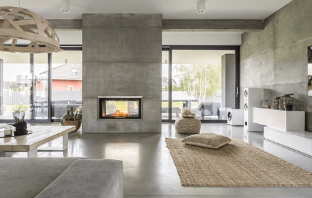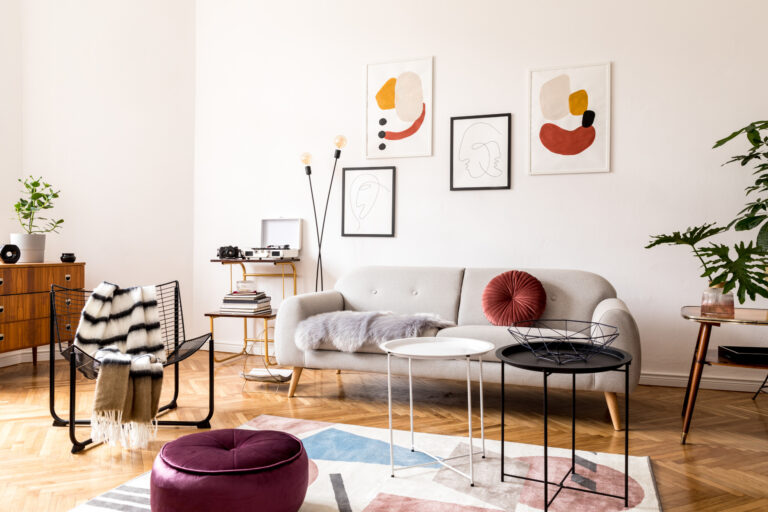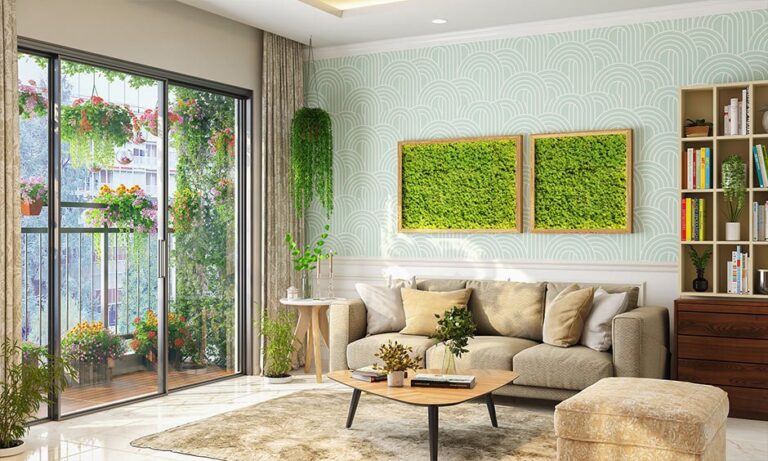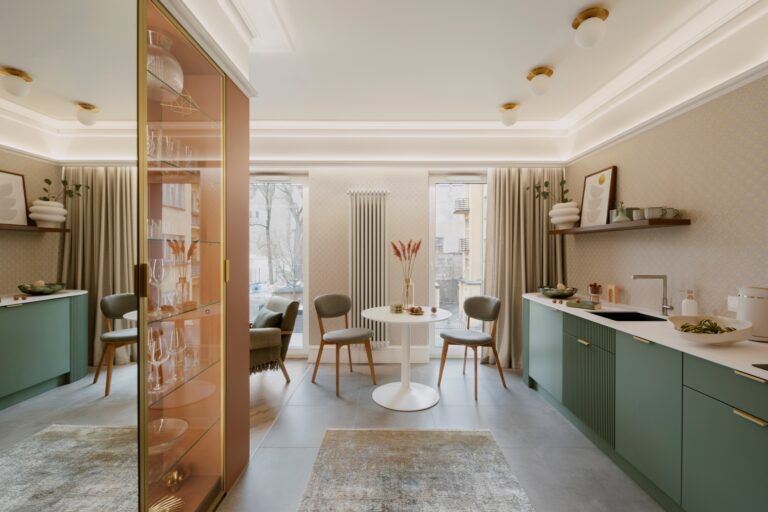
Interior design is more than arranging furniture or picking a trendy wall color. It is the thoughtful process of shaping spaces to reflect personality, support functionality, and evoke emotion. A well-designed room doesn’t just look good, it feels right. Whether you’re stepping into a cosy living room or a minimalist office, the choices behind the design influence how you experience that space.
The essence of interior design begins with purpose. A living room is not just for sitting, it’s where people unwind, entertain guests, or spend time with family. A kitchen isn’t just for cooking, it’s often the heart of a home, where meals and memories are made. Interior designers start with these intentions and work to enhance them with layout, lighting, color, and materials.
One of the most important elements in interior design is balance. This doesn’t necessarily mean symmetry, but rather a feeling of harmony among all parts of a room. When furniture, textures, and colors complement each other without overwhelming the senses, a space becomes inviting. Visual balance can be achieved by mixing bold pieces with softer accents, or pairing natural elements with sleek modern lines.
Lighting is another powerful design tool. Natural light adds warmth and vibrancy, while artificial lighting sets tone and mood. A well-lit room feels open and welcoming, while layered lighting from lamps, ceiling fixtures, and accent lights adds depth and functionality. Light placement can highlight architectural features or draw attention to specific areas, like a reading nook or a piece of art.
Color also plays a major role in the feel of a space. Soft, neutral palettes can create calm and elegance, while bold colors inject energy and personality. Designers often use color psychology to influence how a room makes you feel. Blues can soothe, yellows can uplift, and greens bring a sense of freshness and nature. The right color scheme can make a small room feel spacious or turn a plain wall into a statement.
Furniture selection and placement define how a space is used. The scale of furniture should suit the room size. A giant sectional in a small room can make it feel cramped, while tiny chairs in a large space may seem lost. Good design also considers movement and flow, allowing people to navigate through rooms easily and comfortably. Function is always considered alongside form. A beautiful couch means little if it’s not comfortable to sit on or if it disrupts the flow of the room.
Textures and materials add another layer of richness to a design. Mixing wood, metal, glass, fabric, and stone can create visual interest and tactile contrast. A soft rug on hardwood floors, linen curtains against brick walls, or velvet cushions on a leather sofa add dimension and warmth. These contrasts often make a room feel finished and thoughtful without being overly styled.
Storage and organization are also part of good interior design. A cluttered space feels chaotic and uninviting. Designers use built-ins, clever furniture, and layout tricks to keep essentials accessible but out of sight. Smart design doesn’t just hide clutter, it makes it easier to live with less of it.
Interior design trends come and go, but timeless design focuses on quality, comfort, and personal expression. Scandinavian design, for instance, emphasizes simplicity, functionality, and connection to nature. Mid-century modern is loved for its clean lines and organic curves. Industrial design uses raw materials and open spaces to tell a story. These styles persist because they do more than follow fashion — they connect with the way people live.
Ultimately, interior design is personal. It’s about shaping a space to match your lifestyle, values, and identity. A home should tell your story, whether that means surrounding yourself with bold color and vintage finds or sticking to a calming palette of soft tones and natural materials. Even small changes like rearranging furniture or adding new art can breathe life into a room.
Interior design is not about impressing guests. It’s about creating a space where you feel comfortable, inspired, and at peace. A place that works for your everyday needs and brings a sense of satisfaction every time you walk in. That is the real beauty of great design.







